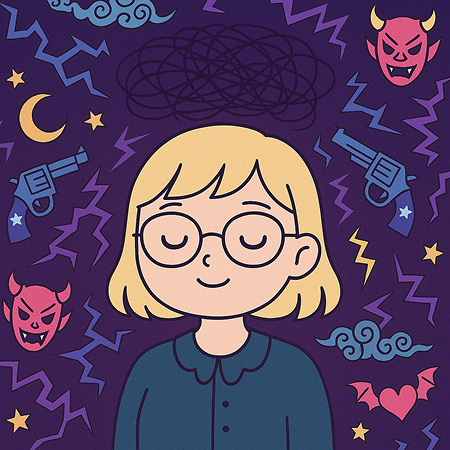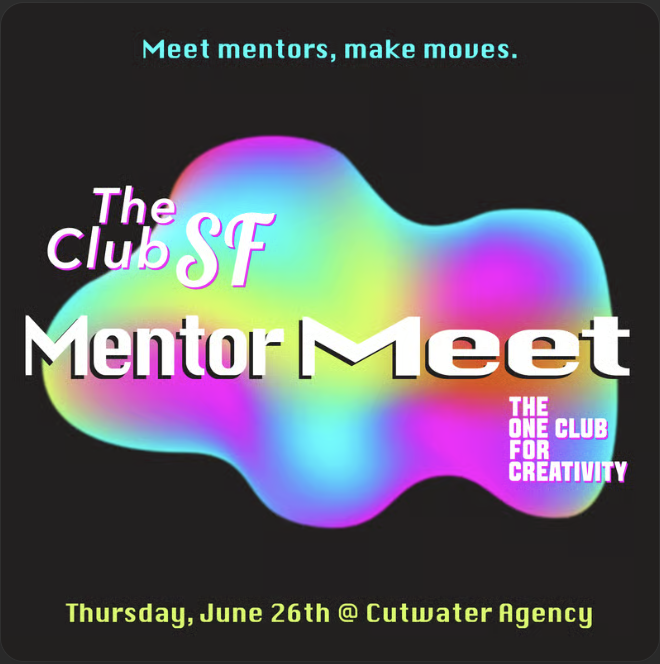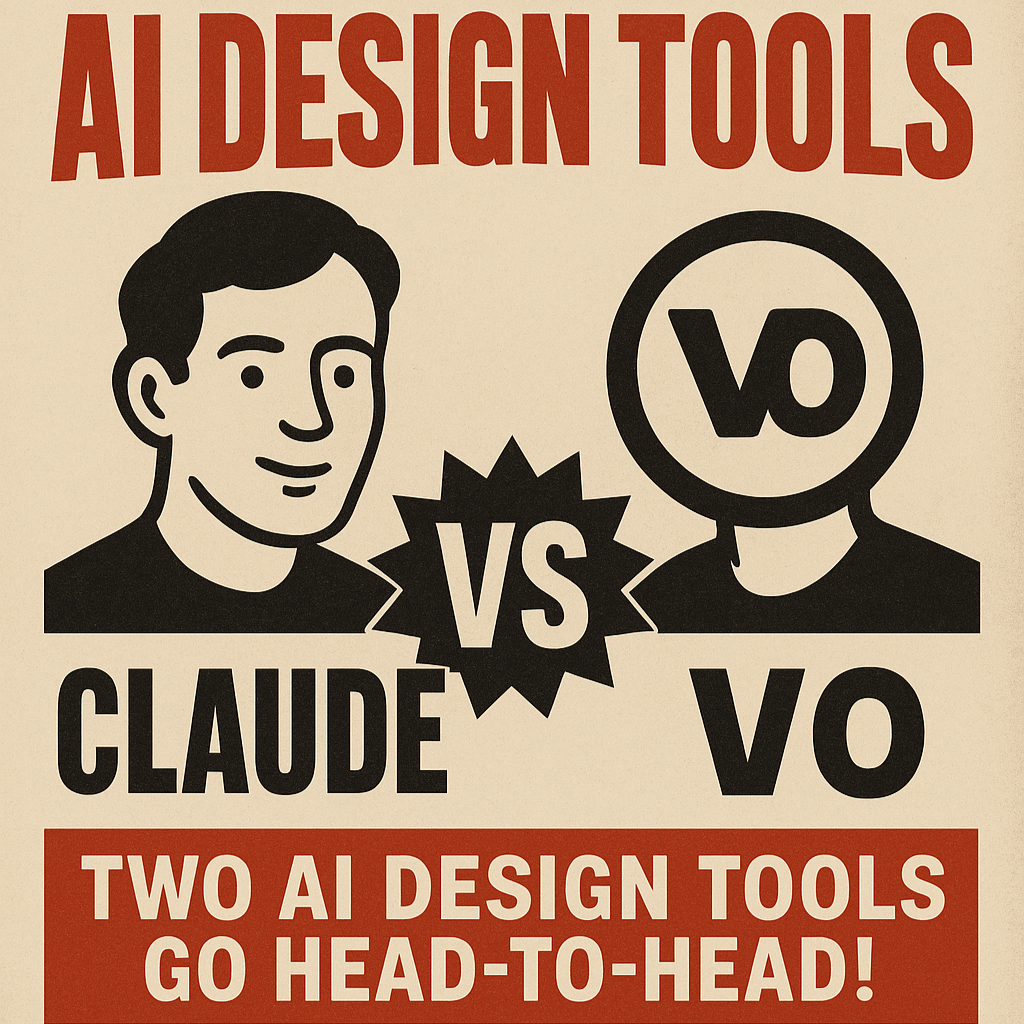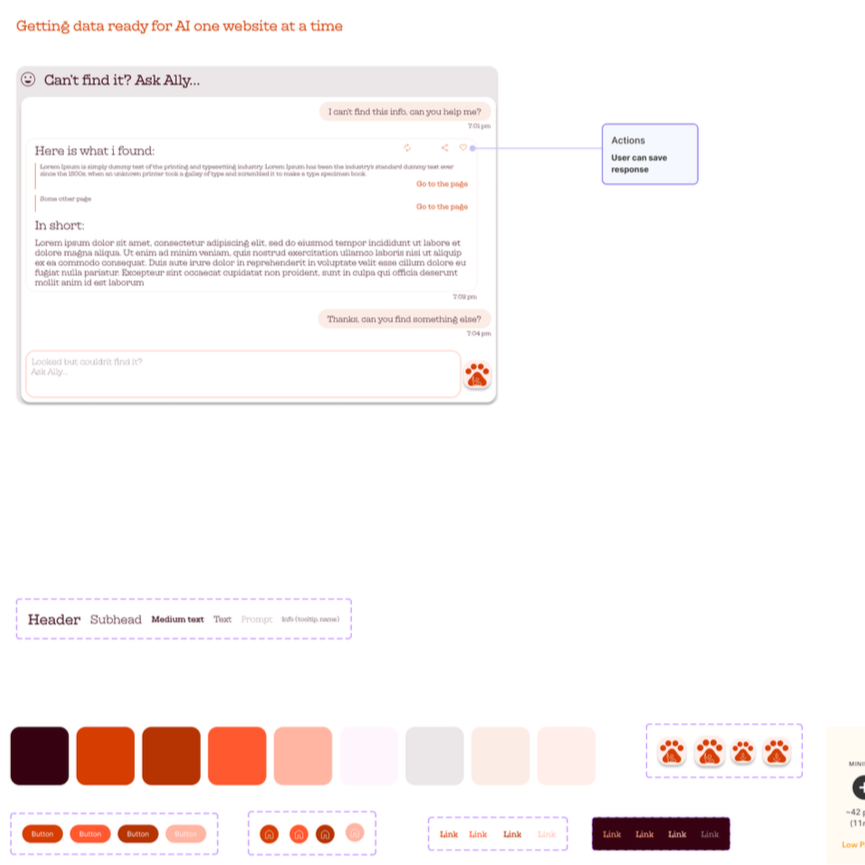
I made my mom watch K-Pop Demon Hunters! Or how viral animation is related to UX leadership
Blending K-Pop’s demon-hunting metaphors with real-world UX leadership, this post explores vulnerability, authenticity and the courage to break out of corporate choreography. Learn how embracing your “inner demon hunter” can transform your design practice, build trust with teams and create products that truly resonate.

Mentorship as Creative Fuel: Why I Keep Showing Up
Mentorship has become my creative fuel. At this month’s MentorMeet @ Cutwater Agency, I was reminded of the power of community, collaboration, and giving back to the next generation of creatives.

Claude vs V0: Testing AI Vibe Coding for Shroomify
Testing AI design tools isn’t just fun—it’s research. I put Claude and V0 through two rounds of vibe coding experiments for my Shroomify app. One gave me syntax errors, the other a glowing mushroom. Here’s what that says about the future of AI + UX.

SaaS Summit at the AWS Builder Loft
Loved the first-ever SaaS Summit at the AWS Builder Loft — sharp talks from AWS, Vercel, Neon, and Stack Auth, plus a playful interior full of color and pixel-art that made the night unforgettable.

Designing in the Age of AI: Reflections from NN/g’s UX Podcast
AI won’t replace designers—but it will redefine what we design. From service blueprints that feel more like movie scripts to words becoming the most critical design skill of the future, we’re stepping into an era where design is less about pixels and more about trust, choreography, and human connection. I wrote about it after listening to the latest NN/g UX Podcast—check it out.

From Chatbot to Conversation: Designing Ally’s First Interaction
At KH Creative, we believe design is about more than interfaces—it’s about shaping how people feel when they interact with technology. When Alley Cat AI Works set out to build Ally, their AI assistant, we joined forces to explore what it means to trust and use AI in everyday contexts. What began as a simple website chatbot quickly evolved into a larger vision: a voice-first, multi-modal assistant. By interviewing stakeholders, analyzing design patterns, and testing early prototypes, we uncovered the key elements users needed—clarity, trust, and flexibility. This case study walks through our design journey, from sticky-note walls to the pivot toward voice interaction, and highlights how thoughtful UX can turn an AI tool into a human-centered experience.

Designing Appointment Scheduling for Terminals: From Data Chaos to Decision Intelligence
Appointment scheduling in logistics is high-stakes and often chaotic. In this case study, Kate Huezo walks through how she redesigned a terminal scheduling platform—shifting it from a static data grid into an actionable intelligence tool. The result? Clearer decisions, calmer dispatchers, and a solution now live with ICTSI.